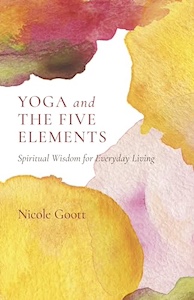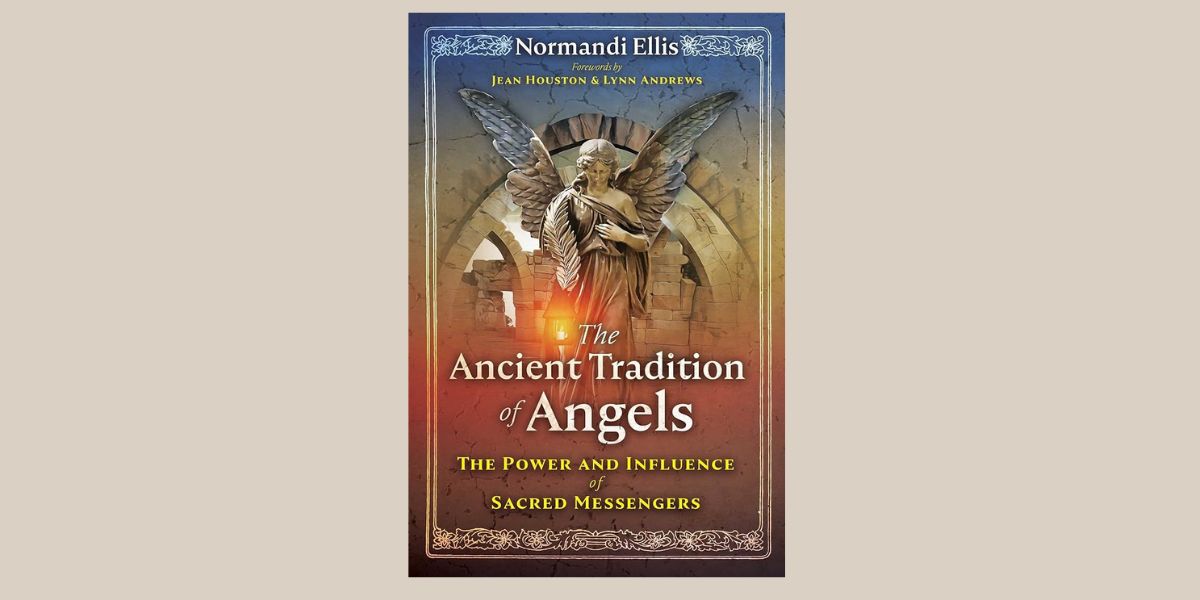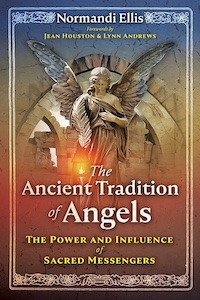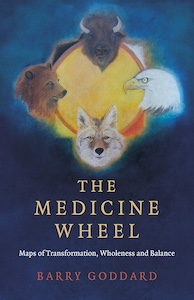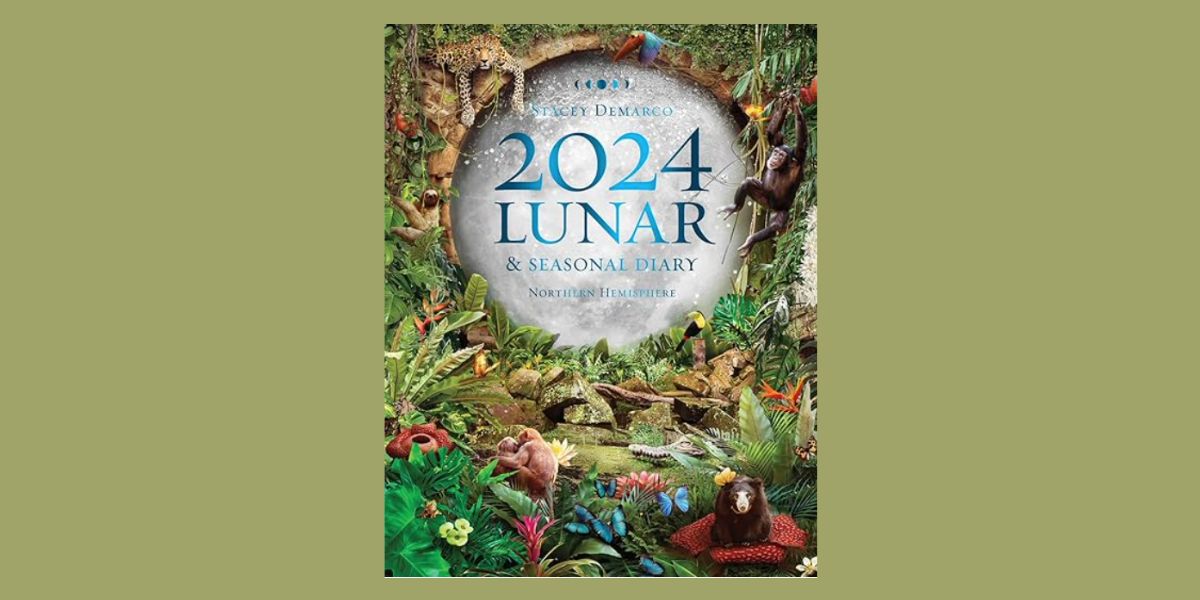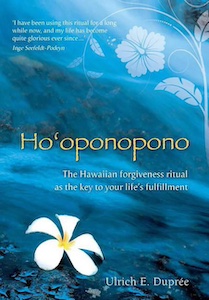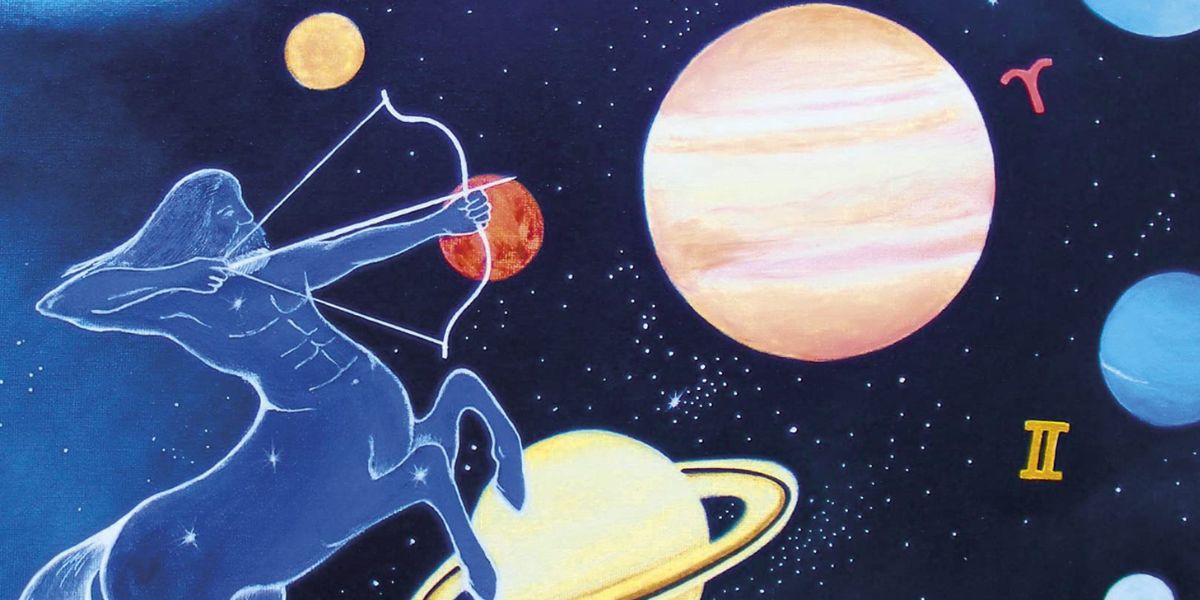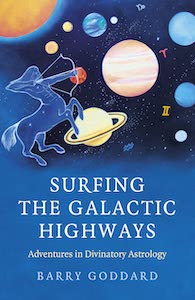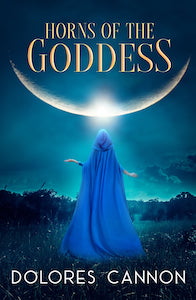
From Elder to Ancestor: Nature Kinship for All Seasons of Life, by S. Kelley Harrell
Destiny Books, 978-644116623, 192 pages, June 2024
“Animism is the experience that everything has consciousness, that the world is made up of persons, some human, and some not. In that awareness that everything is in relationship, communicating, impacting, and interacting on various levels of agency. There is no individual; thus the emphasis is on right relationship, community. Within that interaction lies the responsibility for how we affect where we literally stand and the greater relationship to All Things.”1
The extract above is fittingly the first paragraph of the Introduction from From Elder to Ancestor: Nature Kinship for All Seasons of Life, by S. Kelley Harrell sets the tone for the energy of this title and the call for a way of engaging with our surroundings in a holistic and inclusive way that affirms life as a collective journey. As the readers continues through the writings of the introduction, very specific ideologies about animism, our interconnectedness, the semantics of elderhood, and our history as a culture of colonization and disregard for those already inhabiting the land are laid out for consideration to enhance the concepts to be explored in following chapters.
From Elder to Ancestor is organized into eight sections, each building upon the other and bringing into the space of awareness the work required in remaining part of the whole. This is the work of those who want to proactively grow into becoming the elders for whom wisdom, experience, and knowledge of our deeper connections to all things is how they go about their life’s journey.
“When we speak of elders and elderhood, it isn’t a matter of age. Rather, we are referring to those people in our communities who are trusted and respected for the knowledge and wisdom they have gained through their lived experience and their ability to apply that understanding to educate, support and sustain the community. Once upon a time that understanding included animistic wisdom. Sadly, it is in short supply today.2
The reader is guided in a weaving of personal work to community, back to work of the higher self and out again to a broader and now more understandably inclusive community. It is a lovely reminder of the ebb and flow of how relationships, if allowed to grow and connect more deeply, will offer the reciprocity of give and receipt.
Additionally, each section has its concluding pages devoted to an opportunity for introspection. These provide the reader with a summary of what was discussed and deep questions to journal and contemplate around that specific topic as it relates to you. These are followed by practical action and recommendations of ways to take the information, emotions, and newly formed intellect gained out into the world and explore.
The introduction covers all that is needed to move through the subsequent chapters familiar with the semantics used and the author’s reason for using some words in a specific way. The use of the word “Broken Path” is one such semantic and Harrell uses this as what historically and culturally we have done to divorce ourselves from our natural kinship to all life and, most specifically, Nature. This style immediately draws the reader in to feeling comfortable with the complexity and deep dive of topic and practice that lay ahead. The Introspection content of the introduction prepares the reader for the challenges of the journey ahead and emphasizes the need for community that becomes your “Dream Team”:
“The topics covered in this book will bring up big feelings. To give them the healthy expression they require, it will be helpful to identify and engage your support community-those human persons you can call on for help in all areas of your life.”3
Harrell then asks the reader to “consider which spirit or earthly beings you would go to for support” in a broad selection of categories that will be covered in future chapters such as emotional, medical, identity, accountability, reparation and several more. Now, the reader is ready to apply more scrutiny to their relationship with societal and communal distortions of connection and their impact in creating an environment that fosters separatism from Nature as well as others.
This book asks the hard questions of its reader and encourages a practice of responsible action and consideration of all the actions taken and their broader impacts beyond self. “Section 1: Our Cultural Relationship to Animistic Elderhood-Owning Our Personal Role in the Broken Path” calls out the semantics of “adulting” and the privilege that carries:
“A word I see coming up often in social contexts is adulting, as in “I washed laundry and voted today. I adulted.” As if the step from child to adult and all it entails is extra. As if only certain people are expected to mature. . .Instead of furthering those projections, I go with a verb I feel encompasses the experience better – humaning – as it reflects the range of responsibility, growth, and maturity demanded by life through all stages of development.”4
I love this concept that Harrell offers and its deeper meaning is reflected throughout the book. After all, we are only as useful as support to creating a new system of interaction and understanding of our place in the bigger picture, as we are willing to take responsibility for in a way that is meaningful and truly reflects change.
The next step in the process is discussed in “Section 2: Repairing the Human-Nature Relationship-Engaging the Resources to Reconcile Our Separation From Nature”. The concepts of the individual as a lone survivor, achiever, and actor in the cycles of the world and nature are sorted through and then removed, teaching that we are inherently not alone in any of our actions. Harrell reminds us that the denigration of community and the need to draw on those resources as being a flaw of character is one that has been unnaturally ingrained in our mental/emotional states.
Harrell takes the reader through the various ways in which we are able to frame our connections to community using the concept of the old Norse concept of frith:
“Frith, meaning community balance, safety, peace and protection. Frith entailed working together as a community, at the level each member was able. . .Frithgard was a designated Nature space devoted to tranquility and peaceful resolution of conflict.”5
She expands this out to encompass our inner cosmology and planetary frithgard as every action and relationship established on this planet is interconnected to the greater cosmos.
“Sections 3: Allowing the Emergence of Sacred Self-Processing the Shadow and Allowing the Rite of Heartbreak” and “Section 4: Prioritizing Embodiment and Grounding-Learning to Embody and Ground Our Sacredness” require the reader to be fully open to the experience of recognizing self, its shadow, and cultivating the Sacred Self as an ally in the process of claiming an authentic purpose of being that readily connects to all it encounters.
“Section 5: Engaging Rituals for Caring and Accountability-Tracing and Reconciling Our Life Patterns” provides the reader with a process of returning to a path of reconnecting with Nature through ritual:
“In the early chapters of this book we talked about how the loss of access to ancient sacred lands also meant the loss of traditional rituals. That threading of Naturekin into the human person’s day-to-day not only kept humanity in close awareness of the health of their region and gave them instruction on how to tend to it, it also kept them in reciprocity with those Naturekin. Their own health and well-being was reflected in those relationships.”6
Harrell provides the reader with ways to hold space so that our intentions and awareness return to a place of honoring and ritualizing to maintain a state of being with and in Nature. And, having come this far in the process this book has reawakened within you, the introspection portion of this section returns with a “Reassessing Your Place-Space Kin and Dream Team”. The further work is exploring how you prepare for ritual using a series of prompting questions to encourage deeper thought.
“Sections 6: Honoring Our Calling to Tend Community-Discovering Our Personal Relationship to All Things” and “Section 7: Passing On Our Lore with Compassion-Valuing Our Unique Gift Enough to Give It” bring the reader to the space of being an “active” participant in their individual, yet collective journey. If the work of the previous sections has been given adequate time and thought to integrate and effectively create a different dynamic of being in the world, the wealth of information in these sections is the point of resonance and tipping point for a new paradigm. The quote below aptly summarizes the intention of From Elder to Ancestor:
“ A society grows great when old men plant trees whose shade they know they will never sit in .” – Greek Proverb
The final part, “Section 8: Standing in Harm’s Danger-Engaging the Relationship Between Agency and Impact” returns full circle to the space of questioning the meaning of living in relationship to all things. Readers have now gained the wisdom of experiences knowing when the action taken is encroaching upon and supporting a path of disconnect or when the impact is appropriately directed. The reader is reminded that this is the space in which how we have chosen our path as elders will directly affect the ancestor we will become and the legacy left behind.
Would I Recommend?
From Elder to Ancestor is a complex and thought provoking read. And, the choice of title is one that is subtly deceptive in what information and wisdom lay between its pages, as it truly appeals to a wide audience of varying beliefs and histories–and I LOVE that about this book.
I always appreciate an Index to quickly return to things of interest or to cross reference, and there are also Suggested Resources which include online spaces and Podcasts as well as books. The Notes section provides additional book choices that were used as Harrell’s resource materials.
From Elder to Ancestor is an important read if we wish to enter into the years ahead knowing who we are and how each of us is an important piece of a much larger puzzle. This is a book that can easily be used by those seeking self-improvement, those who are environmentalists, those who are scientists, those of all faith and spiritual practice, and any who wish to be more informed in their choices in the entirety of this lifetime’s experience. In short, this book should be a required manual for every human who has made an agreement to come into this realm of existence.
About the Author: S. Kelley Harrell
S. Kelley Harrell is an animist, deathwalker, and death doula. Through her Nature-based soul-tending practice and Soul Intent Arts, she helps others ethically build thriving spiritual paths. Her special areas of knowledge are runes, animism, ancestral tending, and deathwork. Prior publications include Runic Book of Days, iPagan, Real Wyrd, and Teen Spirit Guide to Modern Shamanism. Harrell currently lives in North Carolina.

Robin Fennelly is an Elder within the Assembly of the Sacred Wheel Tradition [www.sacredwheel.org]. She is a dancer, teacher, astrologer, author, ritualist and seeker of all things of a spiritual nature. Her writings and classes incorporate a deep understanding of Eastern practice and Western Hermetics and bring a unique perspective towards integration and synthesis of the Divine and Mundane natures of our being. She is a mother of five and lives in Eastern PA with her husband of 45+ years.




